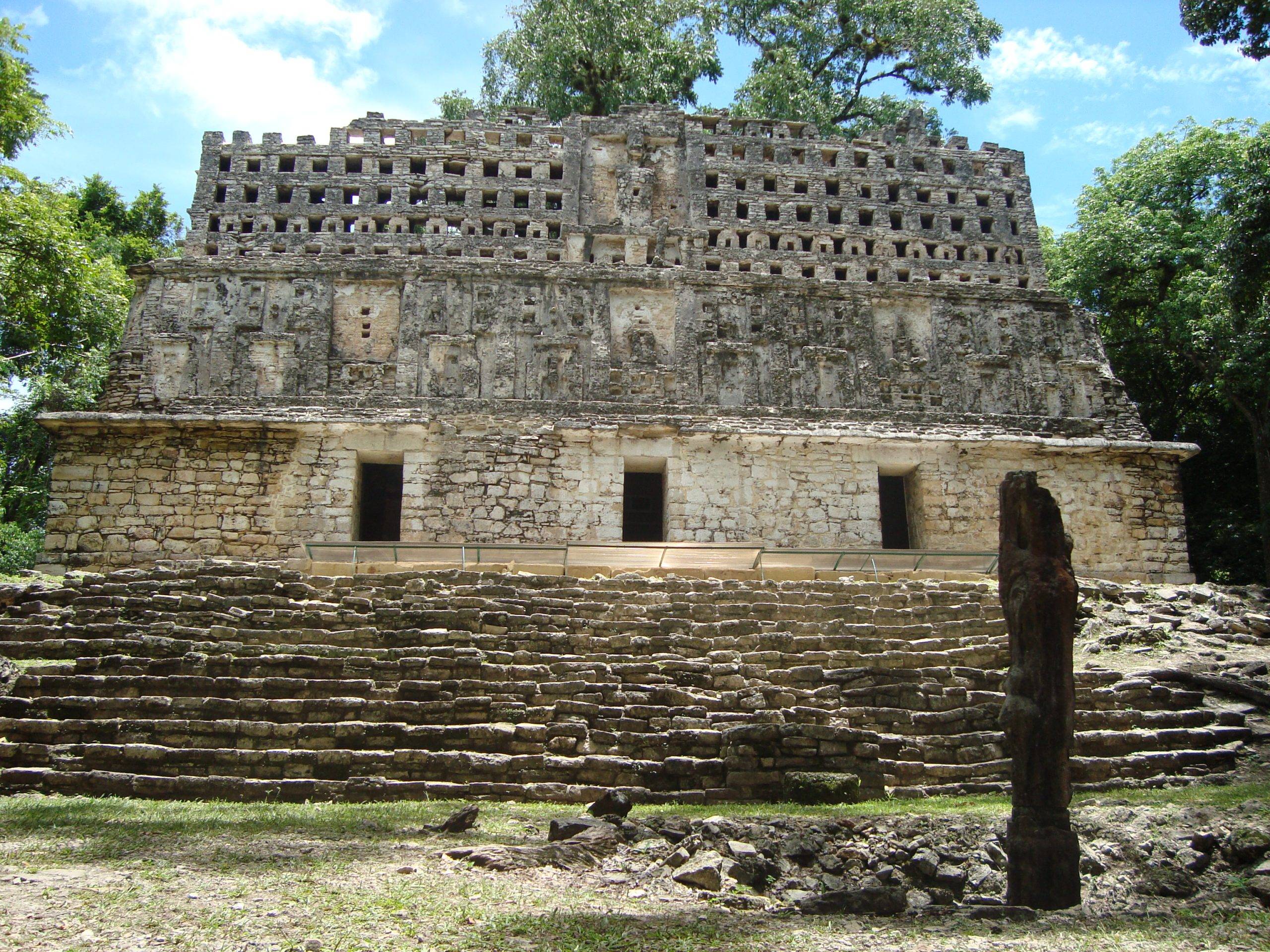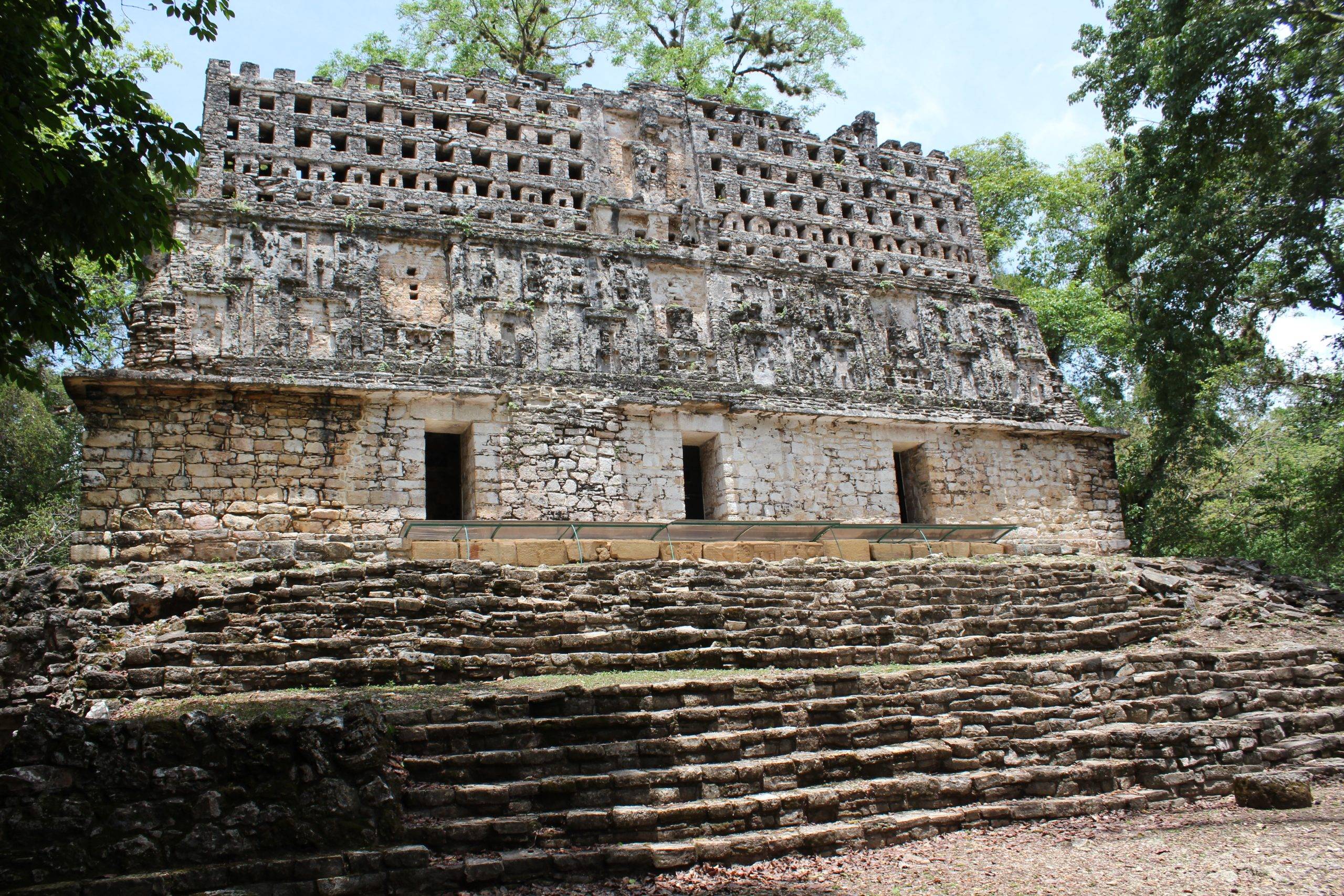Yaxchilan, an ancient preclassical Maya city, is a captivating historical site that lies on the Usumacinta River in the state of Chiapas, Mexico. Known for its remarkable ruins and intricate stone carvings, Yaxchilan offers a fascinating glimpse into the world of the Maya civilization. This site was a dominant power in the Usumacinta River area.
Get your dose of History via Email
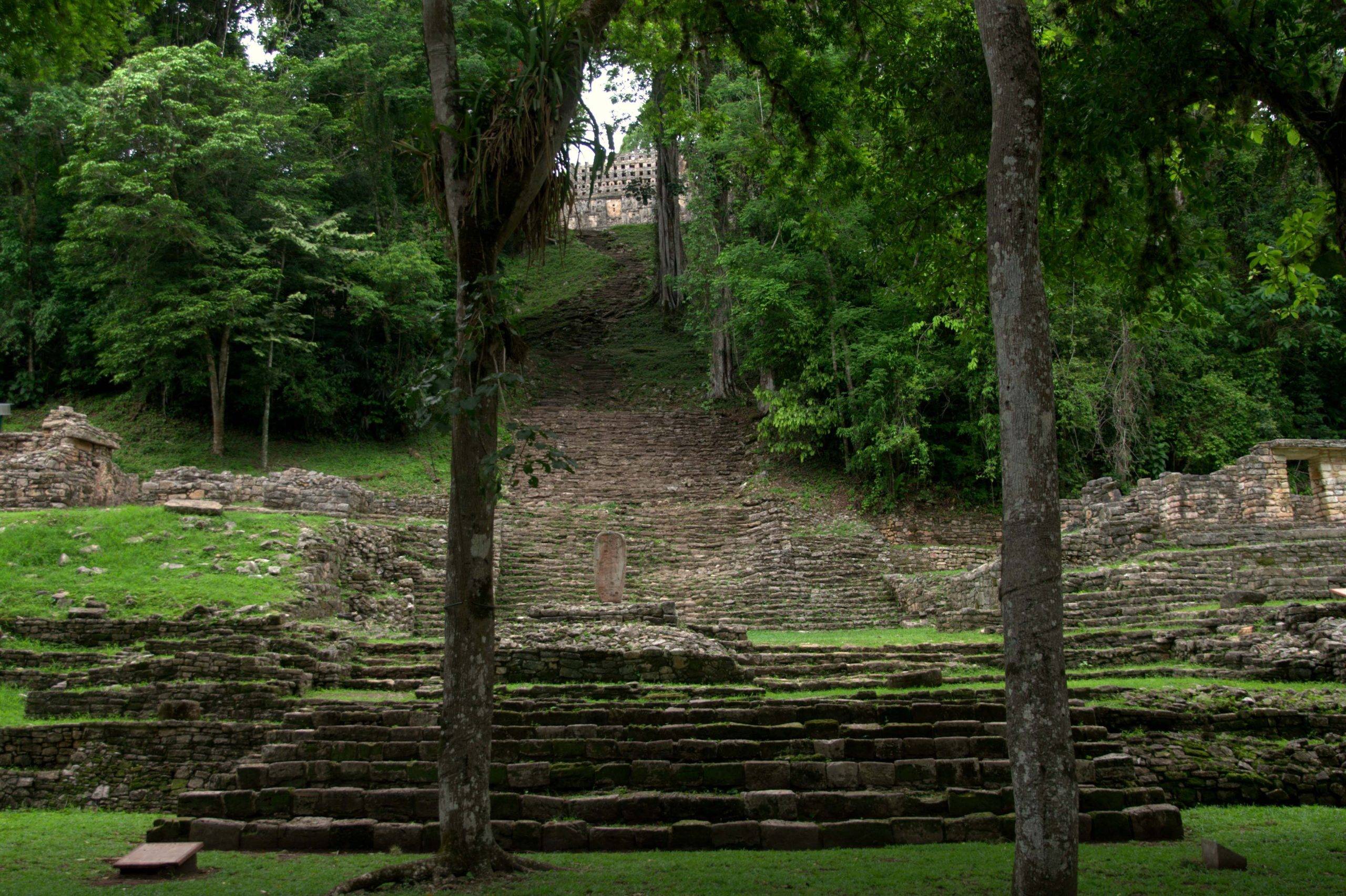
Historical Background
Yaxchilan, which translates to “Green Stones” in the Mayan language, was a significant Maya city during the Classic Period (250-900 AD). The city reached its peak between 681 and 800 AD under the rule of King Shield Jaguar II and his successor, Bird Jaguar IV. Yaxchilan was a major player in the political dynamics of the Usumacinta River region, often clashing with its rival city, Piedras Negras. The city was abandoned around the 10th century and remained hidden in the dense jungle until it was rediscovered in the mid-19th century.

Architectural Highlights
The architecture of Yaxchilan is characterized by its impressive stone structures and intricate hieroglyphic inscriptions. The city is divided into three main areas: the Grand Plaza, the South Acropolis, and the West Acropolis. The Grand Plaza houses the city’s most significant buildings, including Structure 33, a temple built by Bird Jaguar IV that is considered one of the finest examples of Maya architecture. The South and West Acropolis contain numerous residential and administrative buildings.
The structures were primarily built using limestone, which was abundant in the region. The Maya builders employed a corbel arch technique, a method that involves stacking stones in a stepped, inverted V-shape to form an arch. The buildings were then adorned with detailed carvings and stucco decorations, depicting scenes from mythology, history, and the lives of the city’s rulers.
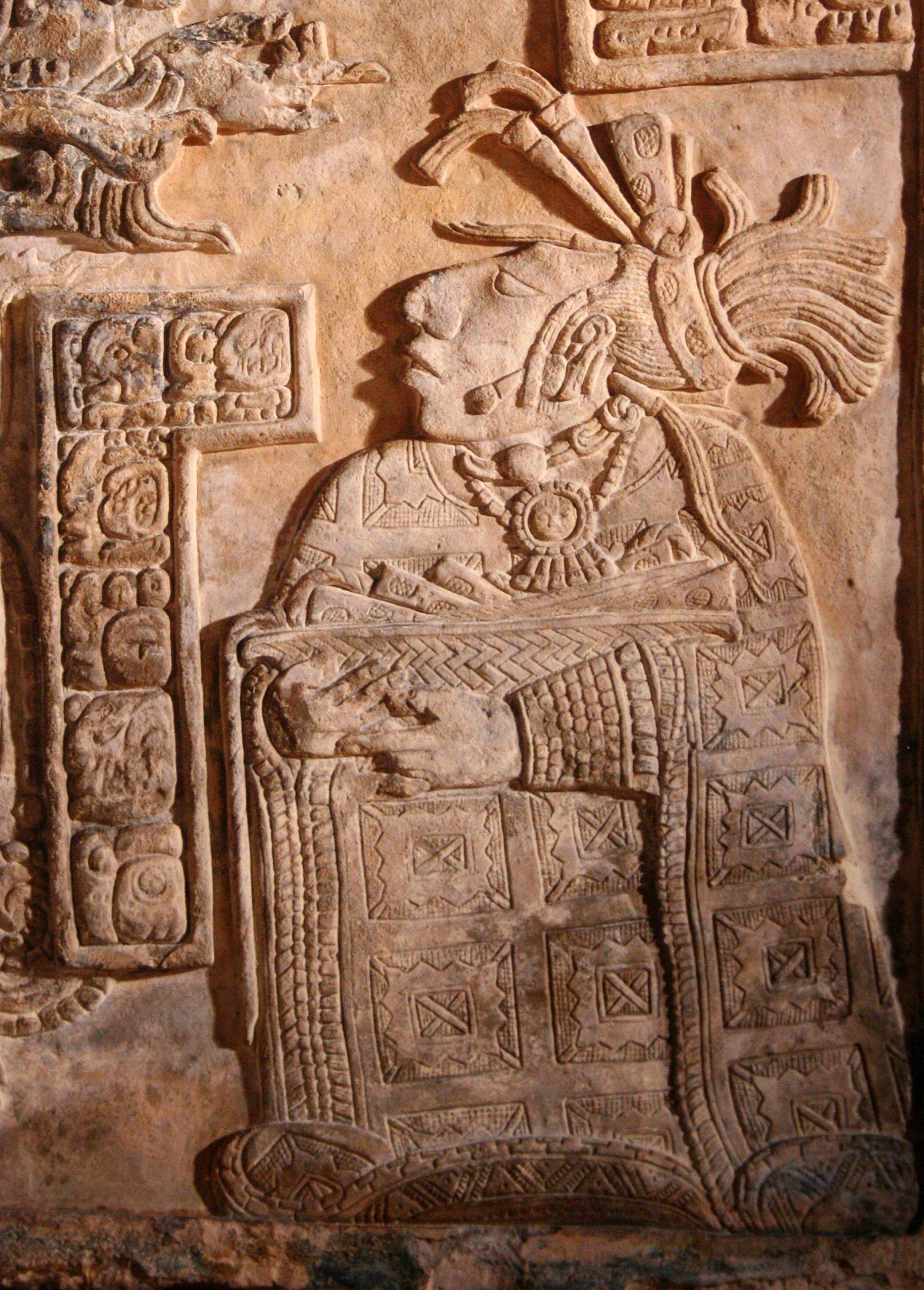
Theories and Interpretations
Yaxchilan is renowned for its detailed hieroglyphic inscriptions, which provide valuable insights into the city’s history and the broader Maya civilization. The inscriptions, found on lintels, stelae, and altars, depict important events such as wars, alliances, and royal rituals. They also provide information about the city’s rulers and their lineage, offering a unique glimpse into the political and social structure of the Maya civilization.
The city’s strategic location on the Usumacinta River suggests that it was a significant trade hub, facilitating the exchange of goods like cacao, jade, and obsidian. The river also likely played a crucial role in the city’s religious practices, as water bodies were considered sacred in Maya cosmology.
The dating of the site has been primarily based on the Long Count dates found in the inscriptions, a dating system used by the Maya that counts the number of days from a mythological starting point.
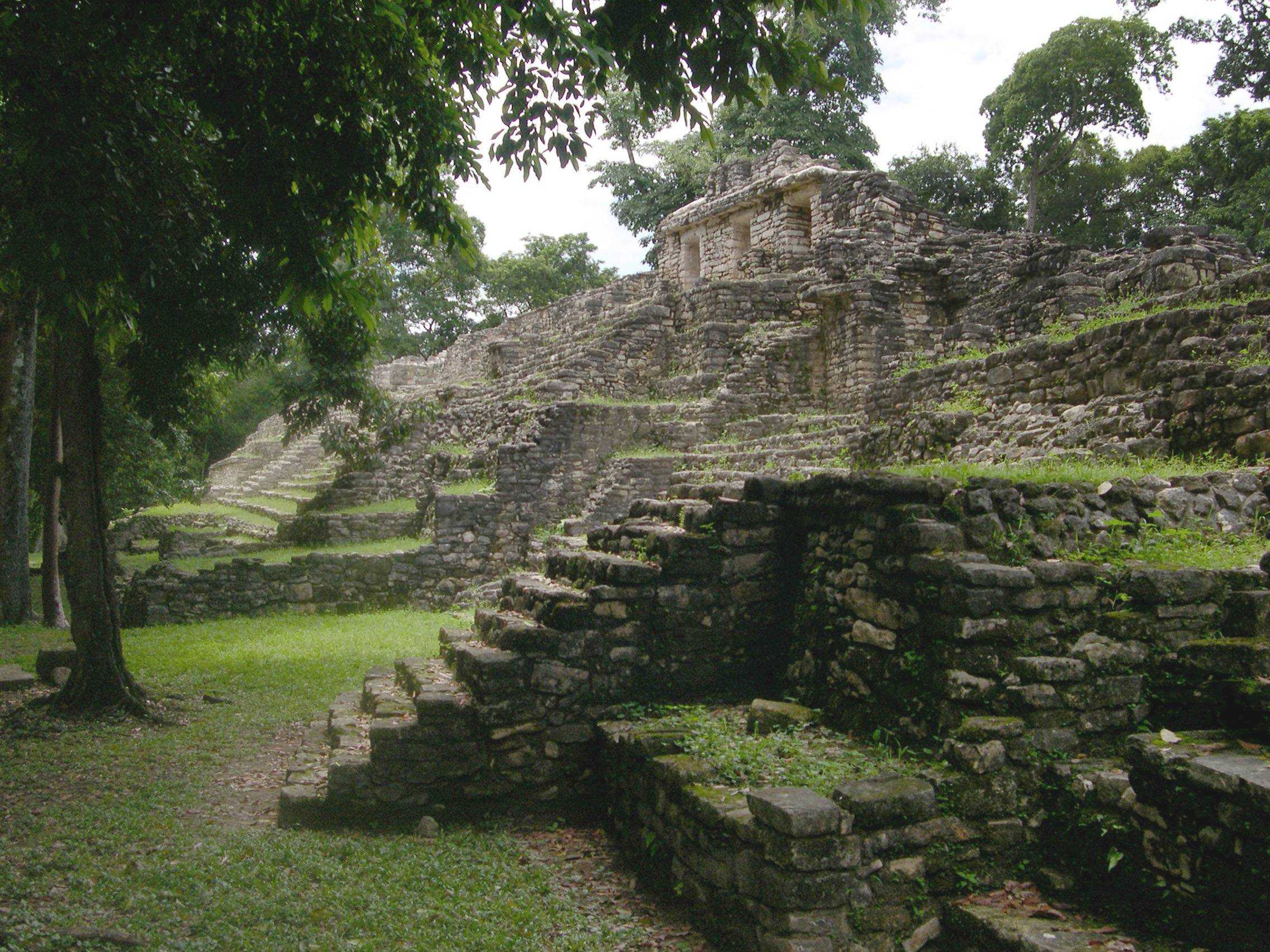
Good to know/Additional Information
One of the most intriguing aspects of Yaxchilan is its Labyrinth, a complex network of rooms and corridors located beneath the city’s main plaza. The Labyrinth is believed to have been used for ritual purposes, possibly related to the Maya concept of the underworld.
Despite its historical significance, Yaxchilan remains relatively off the beaten path due to its remote location. However, this also means that the site is often less crowded than other Maya ruins, offering a more tranquil and immersive experience for those who venture there.
